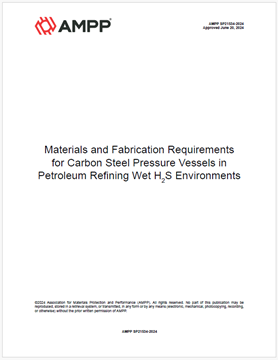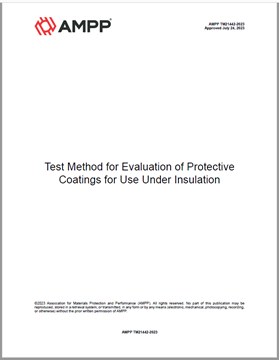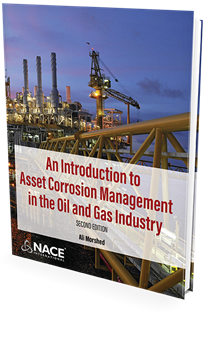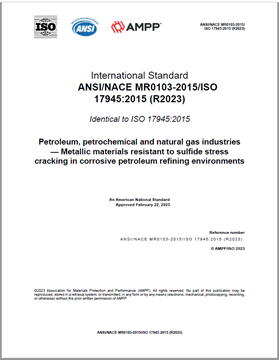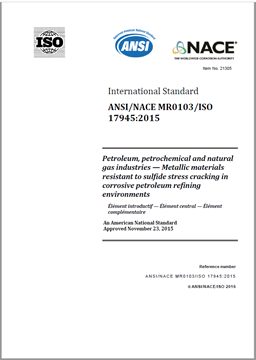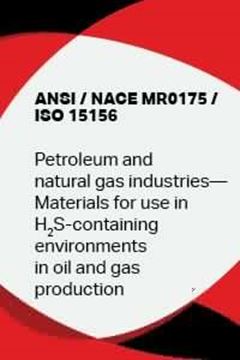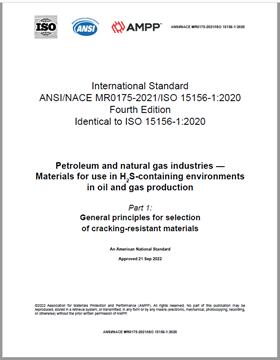Refinery/Gas Processing
AMPP SP21534-2024, Materials and Fabrication Requirements for Carbon Steel Pressure Vessels in Petroleum Refining Wet H2S Environments
AMPP TM21442-2023, Test Method for Evaluation of Protective Coatings for Use Under Insulation
An Introduction to Asset Corrosion Management in the Oil and Gas Industry, 2nd edition (e-book)
ANSI/NACE MR0103-2015/ISO 17945:2015 (R2023), Petroleum, petrochemical and natural gas industries — Metallic materials resistant to sulfide stress cracking in corrosive petroleum refining environments
ANSI/NACE MR0103-2015/ISO 17945-2015, “Petroleum, petrochemical and natural gas industries -- Metallic materials resistant to sulfide stress cracking in corrosive petroleum refining environments”
ANSI/NACE MR0175/ISO 15156-2015
ANSI/NACE MR0175-2021/ISO 15156:2020
Basic Corrosion_eCourse_ALL
The Basic Corrosion online course covers a basic but thorough review of causes of corrosion and the methods by which corrosion is identified, monitored, and controlled.
Purchase of this course includes a one-year subscription and is non-refundable. Students will have access to all course materials for a period of one year from the date of registration. All course work must be completed during this time period. Extensions and transfers cannot be granted.
The initial exam fee for the Corrosion Foundations exam is included with the course registration fees. The exam is administered through an online remote proctoring service. Once you have purchased the course, log into your My Certification Portal to schedule the exam.
Please note: You will have 1 year from date of purchase to complete the exam or forfeit your fees.
For further details visit the resources page on our website.
Electrochemical Corrosion Behavior of Carbon Steel With and Without Residual Elements
Field Guide for Managing Iron Sulfide-Chapter 2: What is Black Powder and What are the Health and Safety Concerns
Field Guide to Internal Corrosion Mitigation and Monitoring for Pipelines (E-book)
- 1
- 2

